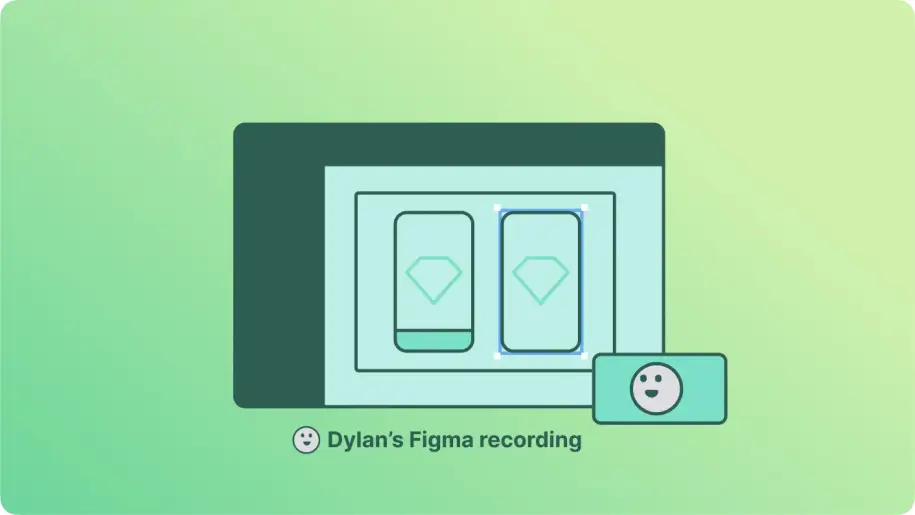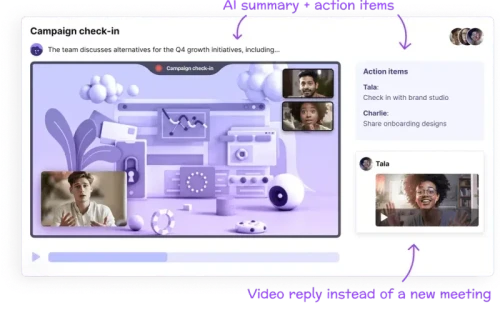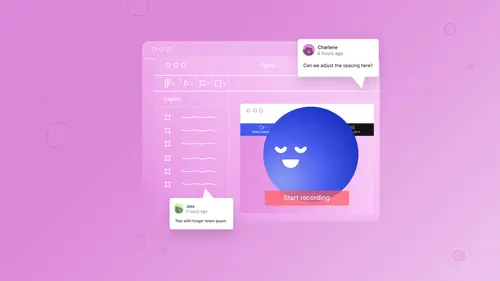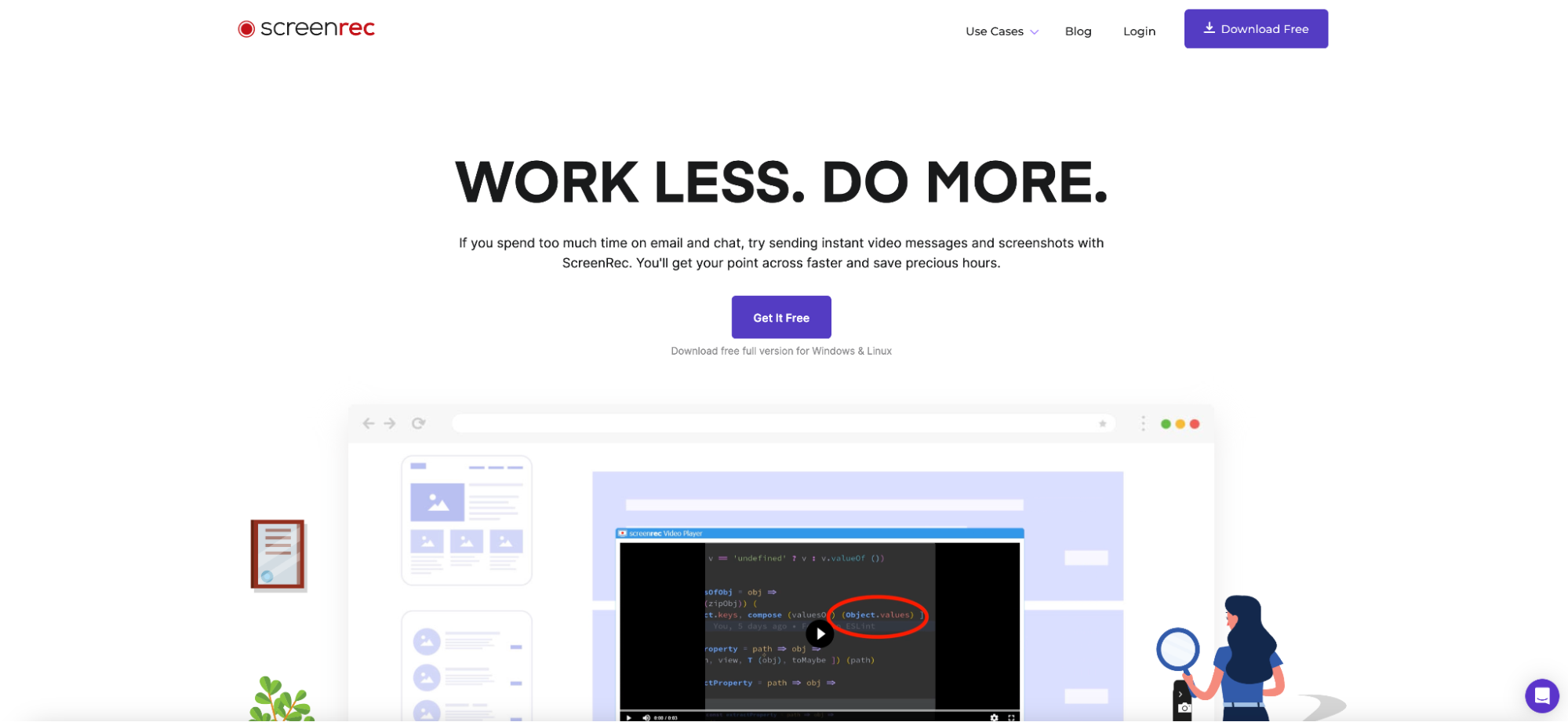
Using Positive & Negative Feedback Loops for Better Decision-Making
Feedback loops have the power to develop your business no end. By implementing positive and negative feedback loops, we can hone in on successful processes and make sure we reiterate systems dragging us down.
With business workplaces moving more and more towards remote set-ups, we need to focus on evolving aspects of team collaboration alongside. One of the glaringly obvious aspects is feedback, as it is such a powerful method for optimizing and improving team collaboration, regardless of where your team are dialing in from. Feedback is straightforward and simple when understood and executed well, but this is not always the case. That is why we're here, but more specifically, I want to focus on feedback loops and the benefit they can bring to decision-making and business success.
What is a Feedback Loop
Feedback loops are rooted in the principles of cybernetics and biology, and essentially affect any ecosystem where an output goes back down the metaphorical production line, feeding back into this system in order to trigger a new, different, and even more optimized response. This is physiological regulation, and the most famous example of this in the human body is the concept of homeostasis, which was formulated by Walter Cannon. Homeostasis is a self-regulating process where we maintain internal stability by adjusting to alterations in external conditions. An example is beginning to shiver once we become cold. That's enough biology, but what this does show is our natural and subconscious ability to use feedback for optimization, which we want to extend into business.
So, a feedback loop, in the business context, is a strategic process where the output of a system, business adventure or teamwork task, is recycled as the input of another one, creating a cycle of information that influences subsequent decisions and actions. We basically use our learnings and outcomes over and over again to refine processes and improve the next outcomes. It is a system of rinsing and repeating, making sure we take advice on board and act on it. This system clearly improves teamwork, but with this it helps businesses to adapt and evolve constantly based on reactions and signals that are received as feedback from the internal team and any externally involved personnel.

What is a Negative Feedback Loop
A negative feedback loop is the version of feedback loops that aims to decrease or dampen the impact caused by some outcomes. This can be something as simple as a thermostat recognizing that the room temperature has gone too high, subsequently switching the heating system off to reduce the temperature back to the optimal warmth.
In business, this translates to identifying areas of underperformance or customer dissatisfaction and then using these opinions and outcomes to come up with strategies to address these issues of underperformance. For these two business examples, this would be something like an internal assessment, or sessions of 360 degree feedback and general customer feedback. By implementing clever strategies during the negative feedback loop, a business can begin to sharpen up their offerings and overall performance levels, so that they eventually get to the end of the feedback loop with a good degree of customer satisfaction, for example.
What is a Positive Feedback Loop
Conversely, a positive feedback loop involves recognizing successful strategies and aspects of the business, and then honing in on those aspects to either double down and accelerate the process, or to make small modifications that your team think can make this part of the business even better. To put it simply, positive feedback loops reinforce what works well, leading to amplified success and growth. For employees, this can be seen through performance appraisals, where managers are able to recognize high-flying employees and praise them, so that their motivation is kept high and their morale and happiness within the company is boosted.
To put it in a more specific business sense, this can be seen through working on feedback, even where it is good. Dell are a great example of a positive feedback loop in business, as they continuously use customer feedback gathered from their surveys and social media campaigns to identify any areas for improvement, even where the feedback is mostly very positive and the aspects are considered to be beneficial. This just shows that we cannot afford to become comfortable in business, and even when you think you are at the top, you should always be looking for the next step to improvement; adapt or die!
Feedback Loop Process
So now that we understand their benefit, let's look at the process you can go through to implement feedback loops well. Establishing a feedback loop in a business should involve all of these steps:
- Collection: Gathering the data that will make up your feedback. This can come from various sources such as customer feedback, employee input and 360-degree feedback, or performance metrics. As we know from the Dell example, there are widespread opportunities for feedback collection.
- Analysis: Using tools and methodologies to interpret and understand the collected data so that you can act on it. This often involves using a balanced approach and sorting through both negative and positive feedback to extract actionable insights that are made with a fair judgement.
- Implementation: Applying your understandings and the insights gained to your next step. Because we have been fair, we can make informed decisions, whether this be altering/slightly tweaking a strategy, modifying a product, or changing a process entirely.
- Review: We want to make sure all of this effort is rewarded, so we should keep a close eye on the next round of the feedback loop. Continuously monitoring the outcomes of these decisions will leave us in the best place to determine their effectiveness. From here, you can make a call as to what the best next step is, and make any adjustments that you see as necessary.
Using Tools to Help with the Feedback Loop Process
Now that we are clear on what a feedback loop is, and what the process will be to establishing a good feedback set-up in your business, we should look at how we can optimize this process and therefore make our output better. This is our turn to use some feedback to improve.
As someone who has been subject to feedback in every stage of my life, from school through to university, and then into the professional world, I have always found that when the feedback is well documented and recorded, I am much more likely to act on it. If the feedback comes via a passing comment, I have found that the chances that key information is diluted or forgotten increase massively.
When we are at school, for example, this might be acceptable and you might get away with repeating errors multiple times. In the workplace, not only is this unacceptable for the business, but it is, or should be unacceptable for the individual too as it stunts our professional growth.
This is where Bubbles enters. By using Bubbles, you are able to actively show and tell when giving feedback, by recording your screen, video and audio. For example, someone critiquing this article may choose to record a bubble where they walkthrough my article, picking up on errors. While I would hope there wouldn't be too many, we must all understand that feedback loops are not only in place for correcting underperformance and errors, but also for solidifying a strategy, or in my example, giving positive feedback and advising towards a double-down on this style of article (I would hope).
Make your
meetings matter
Use AI to record, transcribe, and summarize meetings into actions. Bubbles is your home for after-meeting collaboration.
You might be wondering why Bubbles stands out as a form of giving and receiving feedback, and why you are not able to carry out the steps mentioned in the previous paragraph through an email or Slack message. The answer is actionability and clarity, which brings adaptability. Bubbles provides the ability to continue iterating on a piece of work until you are your teammates are fully content with the outcome, all within the same bubble. As I say, passing comments of feedback can be forgotten, but when you are keeping a discussion going within the initial bubble of feedback, the likelihood of an improved outcome goes through the roof. It represents the perfect feedback loop, as you can even record a new bubble in the comment section of your feedback, showing your changes and asking for further advice.
Bubbles is free to try today, so go ahead and do so, revolutionizing your feedback loops and overall business set-up in the process.
Collaborate better with your team
Get your point across using screen, video, and audio messages. Bubbles is free, and offers unlimited recordings with a click of a button.

Collaborate better with your team
Get your point across using screen, video, and audio messages. Bubbles is free, and offers unlimited recordings with a click of a button.

Make your
meetings matter
Use AI to record, transcribe, and summarize meetings into actions. Bubbles is your home for after-meeting collaboration.









